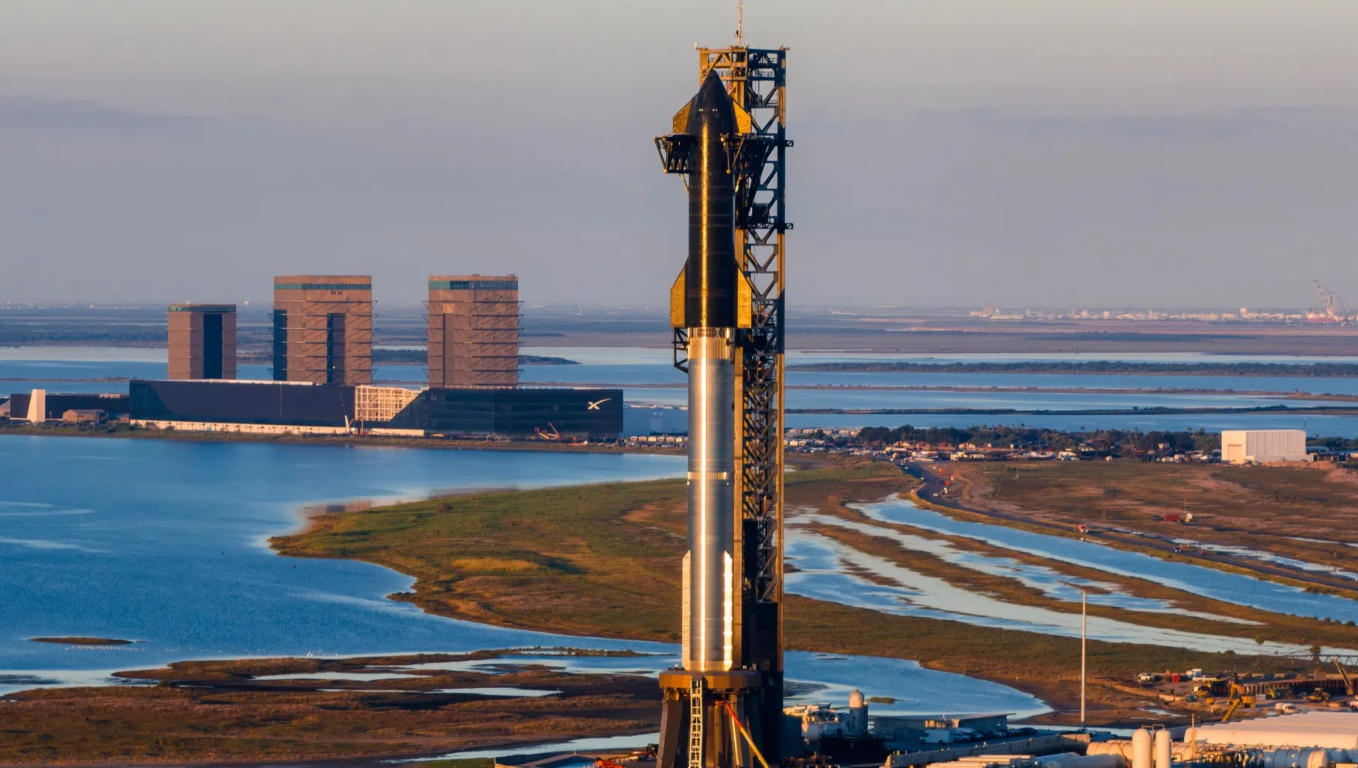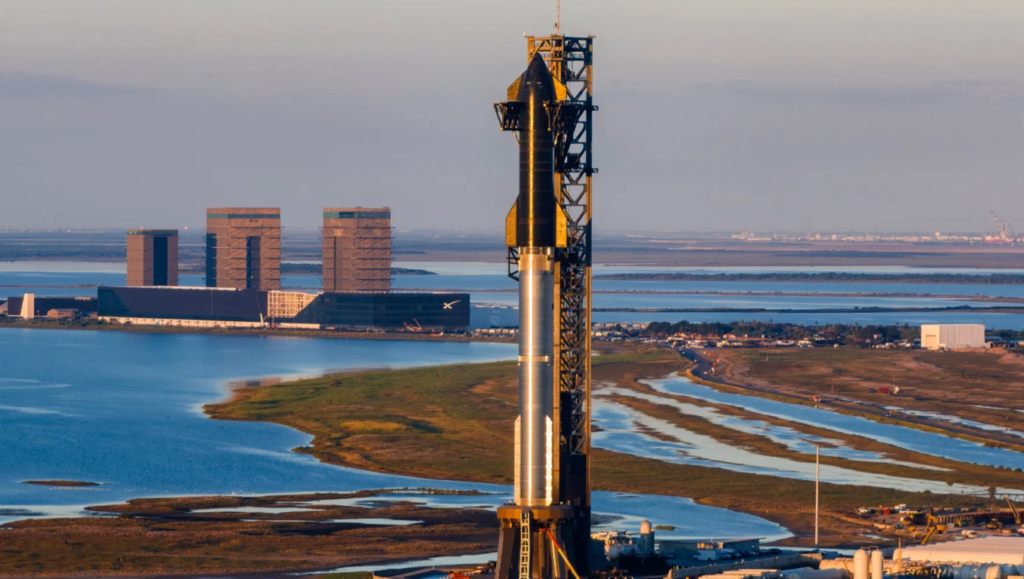
SpaceX has just wrapped up its sixth flight of Starship where the company once again expanded the envelop of what’s possible with Ship and its booster Super Heavy.
The Elon Musk-led company launched Starship from Starbase on November 19, 2024, with the massive Super Heavy booster engaging its 33 Raptor engines to push Ship to its designated altitude for separation. Once separation was complete, Super Heavy began the process of returning to the launch site for a catch attempt by the launch tower, as was proven possible in Flight 5.
However, during this phase, automated health monitoring checks were conducted on Super Heavy and the catch tower, resulting in risk mitigation processes being triggered, causing Super Heavy to abort the catch tower attempt.
Super Heavy executed a divert maneuver and splashed down in the Gulf of Mexico. As for Ship, the vessel was able to reach orbit, and, for the first time, reignited a Raptor engine while in space, demonstrating its capability of being able to conduct a deorbit burn and proving that Ship is capable of steering itself back into Earth’s atmosphere for reentry.
Despite Super Heavy having to pull out of another catch tower attempt, SpaceX has deemed Flight 6 a success as lots of valuable data was gathered from “multiple thermal protection experiments,” as well as “the successful flight through subsonic speeds at a more aggressive angle of attack.“
“With data and flight learnings as our primary payload, Starship’s sixth flight test once again delivered. Lessons learned will directly make the entire Starship system more reliable as we close in on full and rapid reusability,” writes SpaceX
